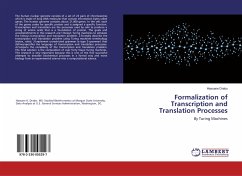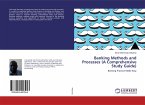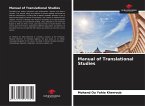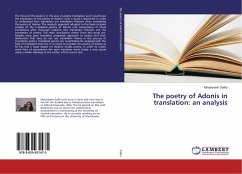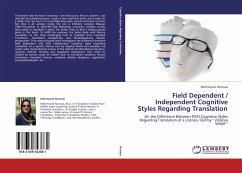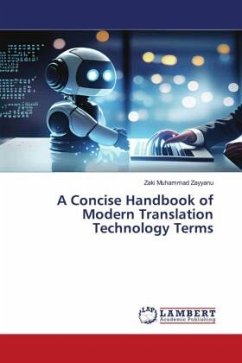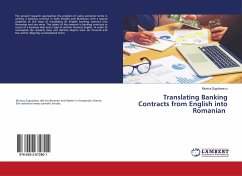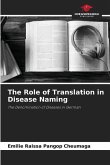The human nuclear genome consists of a set of 23 pairs of chromosomes which is made of long DNA molecules that contain information bytes called genes. The human genome contains about 21,000 genes. In the cell, each of the genes codes for specific protein and is assigned a specific function. Transcription and translation are the processes used by cells to produce a string of amino acids that is a foundation of protein. The goals and accomplishments in this research are:1.Design Turing machines to simulate the famous transcription and translation problem. 2.Formally describe the transcription and translation problem using Turing machines terminology (states, rules). 3.Implement unrestricted grammar (a type 0 grammar) that defines/specifies the language of transcription and translation processes. 4.Compute the complexity of the transcription and translation problem. The final solution is the composition of over forty Visual Turing machines. This research is very important because this is one of the first successful attempts to describe biochemical processes in a formal way and move biology from an experimental science into a computational science.
Hinweis: Dieser Artikel kann nur an eine deutsche Lieferadresse ausgeliefert werden.
Hinweis: Dieser Artikel kann nur an eine deutsche Lieferadresse ausgeliefert werden.

